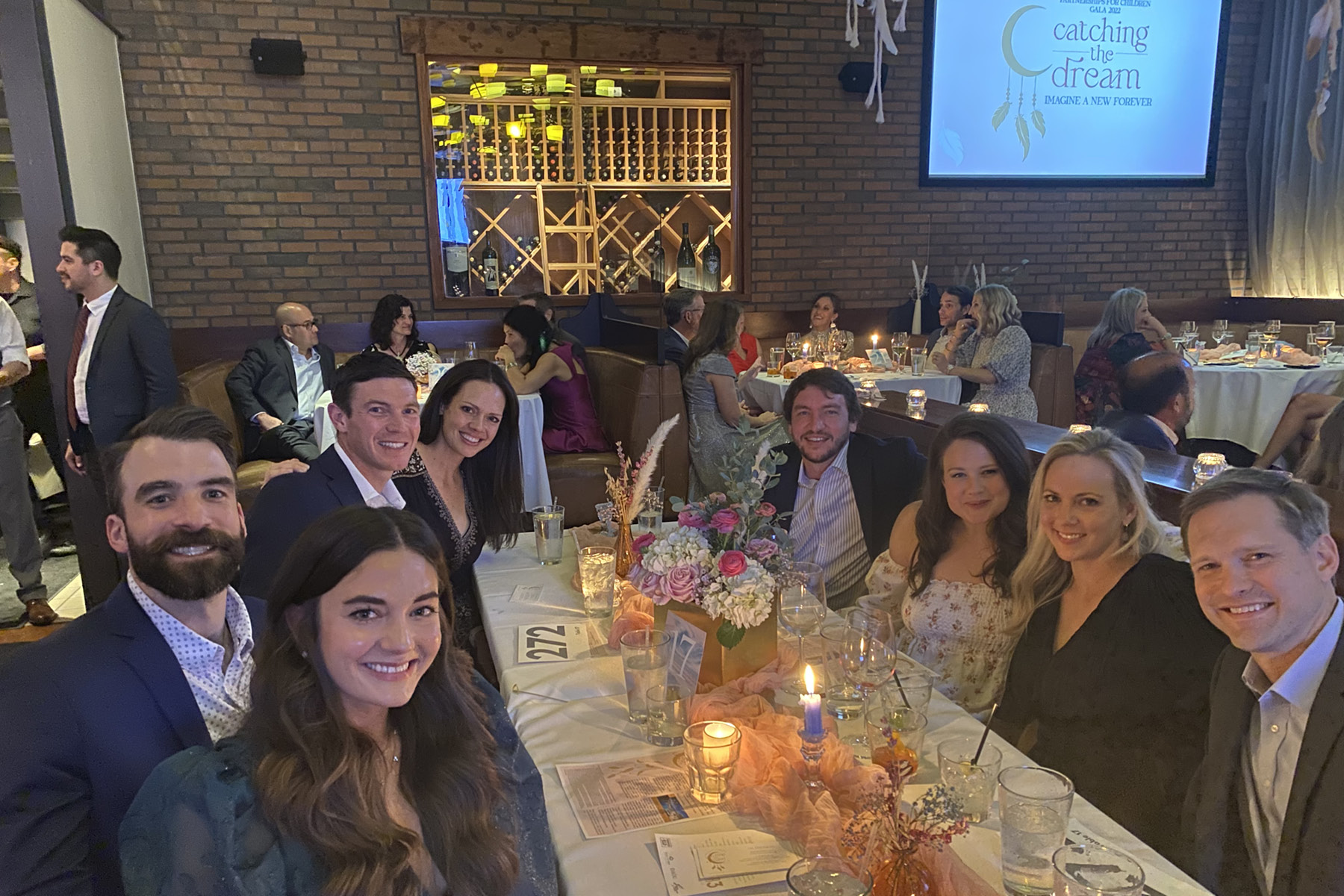Language
You can read the magazine in one of the following languages
Passports languished in cluttered drawers and suitcases gathered dust beneath the stairs during the COVID-19 pandemic as travel was put on ice. But amid the post-pandemic thaw, people are once again reaching for these travel essentials as they embark on adventures that now look a little different.
It’s a shift that Austin-based Summit Hotel Properties is perfectly positioned to cater to, according to President and CEO Jonathan Stanner.
“In the post-pandemic world, leisure travel has come back incredibly strong,” he tells The CEO Magazine.

“Business travel has come back much slower, but we’ve seen this proliferation of hybrid work environments which has promoted ‘bleisure’ travel.”
He admits he’s not overly enamored with the term ‘bleisure’, first coined back in 2009, but he concedes it is the best way to describe the travel trend so far.
“You’ve seen much better performance on Thursdays and Sunday nights, for example – that didn’t happen previously,” he says.
“And so the goal for us is to continue to be very forward-thinking around where can we create value from a real estate strategy that we know needs to evolve alongside changing guest preferences.”
The company does this in a highly analytical way, trying to be objective about where the risk-adjusted returns are. “But in recent years, we’ve evolved our portfolio much more,” Stanner says. “We’ve certainly oriented more towards leisure exposure over the last several years.”
As a result, it now has a greater concentration of projects in the warm states of the south-east and the south-west in the United States, known as the Sun Belt, as well as properties in mountainous Tucson, the Brickell area of Miami and even a ‘glamping’ site.
“It’s again another term that I don’t really love, but it speaks to the experiential nature of travel that we think guests, and particularly younger travelers, increasingly value,” Stanner explains.

“So the goal for us is again, to continue to be a best-in-class, publicly traded lodging real estate investment trust, but one that’s willing to be a little bit more forward-thinking and evolve our portfolio a little more intentionally alongside where we see changing preferences.”
Last year, Summit demonstrated its confidence in the travel rebound with the closure of an US$822 million transaction which comprised 27 hotels, increasing its key count by almost 30 percent.
“We want to continue to grow the business,” he says. “We think what we do from an asset and revenue management perspective, a design renovation construction perspective, is something that truly adds value that the typical hotel owner just can’t add.”
Now, the focus is on continuing to evolve its portfolio and real estate strategy alongside changing guest preferences. In the decade since it went public, it has abandoned many secondary and tertiary markets, instead buying ‘urban infill’ locations.
“It’s led us to higher revenue per available room assets, higher margin assets, what I would describe as better risk adjusted return type of assets,” he explains.
The company’s structure is also a key driver of its success. As Stanner proudly states: “This is a hotel company run by hoteliers.”

Its asset management platform is filled with skilled individuals who have been general managers of hotels, regional managers for its third party management companies or those who have held senior positions at some of the hospitality industry’s major brands.
Summit also has its own in-house revenue management platform – unlike many of its peers.
“We’re a believer that there’s an ability to drive better profitability, better revenue growth by having that expertise in-house,” he says.
It also does much of its own in-house purchasing when it comes to renovations – an area where the company has extensive expertise, according to Stanner.
“We do our own in-house design when it comes to renovations. So if you walk into a Summit Hotel, while it may be a brand that you’re very familiar with, what you’ll find is it’s very infrequently a prototypical design,’ he says.
“A lot of what we do is customized because we think there’s a level of expertise that drives incremental value for us.”
At its core, hospitality is a relationship-driven business – something which is reflected throughout Summit’s approach to its own internal culture, as well as its external relationships with its hotel partners, third party management companies and the brands themselves.
The nature of the industry also means that face-to-face interactions are irreplaceable, even in the face of growing automation. But technological advances and the changing needs of travelers mean an evolution is inevitable. While mobile boarding passes and online check-in have become commonplace when flying, the adoption of such solutions in the world of hotels has been much slower. But as that accelerates, Summit plans to be at the forefront.

“One of the things that we pride ourselves on is owning hotels that have an efficient operating model,” Stanner says. “We want to provide the service and the amenity base that guests really value.”
Concierges and bell hops are no longer a necessity in this new age of hotels in his view. “Guests are increasingly reliant on technology and we can leverage that and eliminate some of the costs that’s typically more prevalent, particularly with some of our full service peers,” he explains.
At its glamping site, Onera Fredericksburg in Texas’s wine country, it employs just one staff member, with guests checking in using their mobile phones thanks to a technology platform that enables communication with staff. “There still is that human interaction to the extent that it’s wanted or needed, but it’s much more on an on-demand basis than just always there and being ubiquitous throughout the business on a day-to-day or hour-to-hour basis.”

Data is also critical to Summit’s future plans with Stanner immensely proud of its robust data analytics platform.
“Making sure we continue to be state of the art in that world is important,” he says.
“We have this unwavering commitment to the highest level of integrity, and we want to do it and remain unequivocally humble. We don’t have to tell people how great we are. Our hope is that over time the results will speak for themselves.”
